When the Hubble Space Telescope was launched in April 1990, there was no indication that it would become the world’s most important sight for the next three decades. Come on! In the first months after launch, scientists were devastated. Hubble’s photos are not in focus. It was close, and Hubble would become a cosmic catastrophe and NASA’s gigantic image crash.
Service work number sent in 1993. Only 1 helped, in which NASA astronauts installed a COSTAR module inside the telescope, which corrected Hubble’s optical defect. It was then, three years after launch, that the first impressive (perfectly sharp) images of the universe were obtained.
Now the next generation telescope and the informal next Hubble, the James Webb Space Telescope, have flown into space. It’s more powerful, more advanced and more expensive than the Hubble, but it will allow you to see more in space.
On this occasion, we recall the most beautiful (and most famous) photos of the sky received by Hubble. Webb will soon be able to get more impressive images.
Crab Nebula

Could not be different. The first fire was the famous Crab Nebula, the first object to be listed by the French astronomer Charles Messier (Messier’s catalog) – hence the name of today’s nebula (M1). It is the remnant of a supernova explosion (observed on Earth in 1054), a gas cloud thrown back by a star.
Image of the nebula taken by the Hubble Space Telescope is the most beautiful image of the nebula in visible light. To this day, when reading about the M1, we usually see just this Hubble photo.
Sombrero galaxy
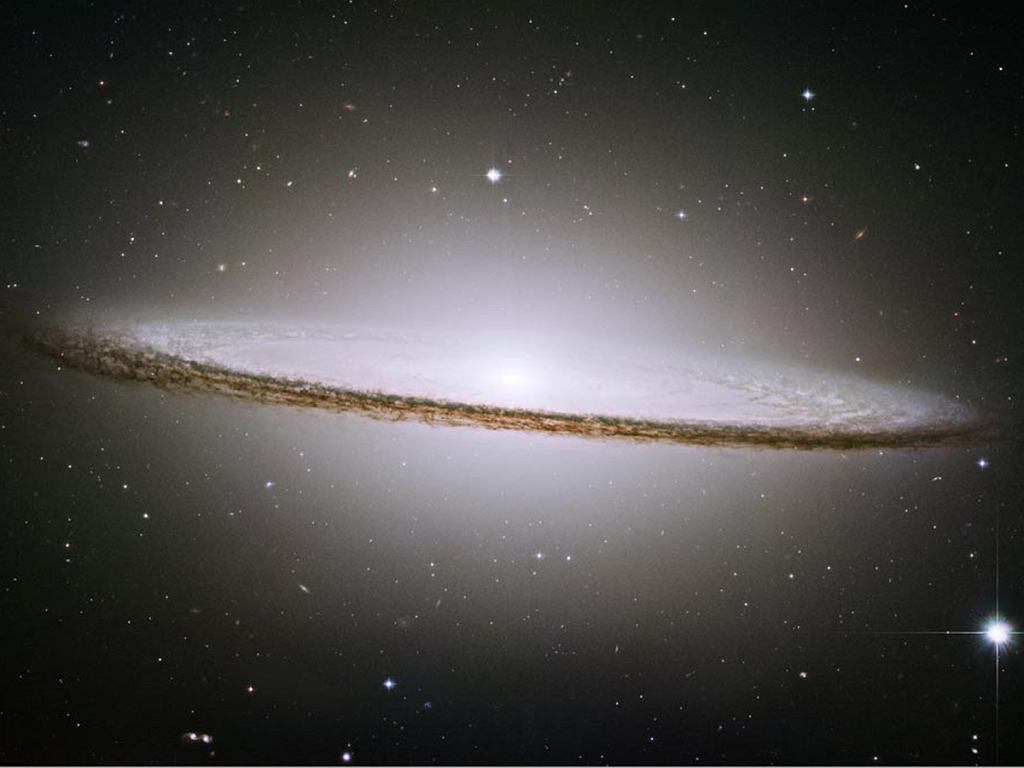
No. 2 and another painting that every astronomy lover has seen more than once. The Sombrero galaxy (M104) is one of the most symmetrical and almost “round” galaxies ever discovered. Due to its location relative to the Earth, its brightest center is somewhat obscured by a piece of non-emitting light, making the M104 look like a Zombrero. The picture above – taken of course with the Hubble Space Telescope – is one of the best views of this galaxy.
“Pillars of Creation” in the Eagle Nebula
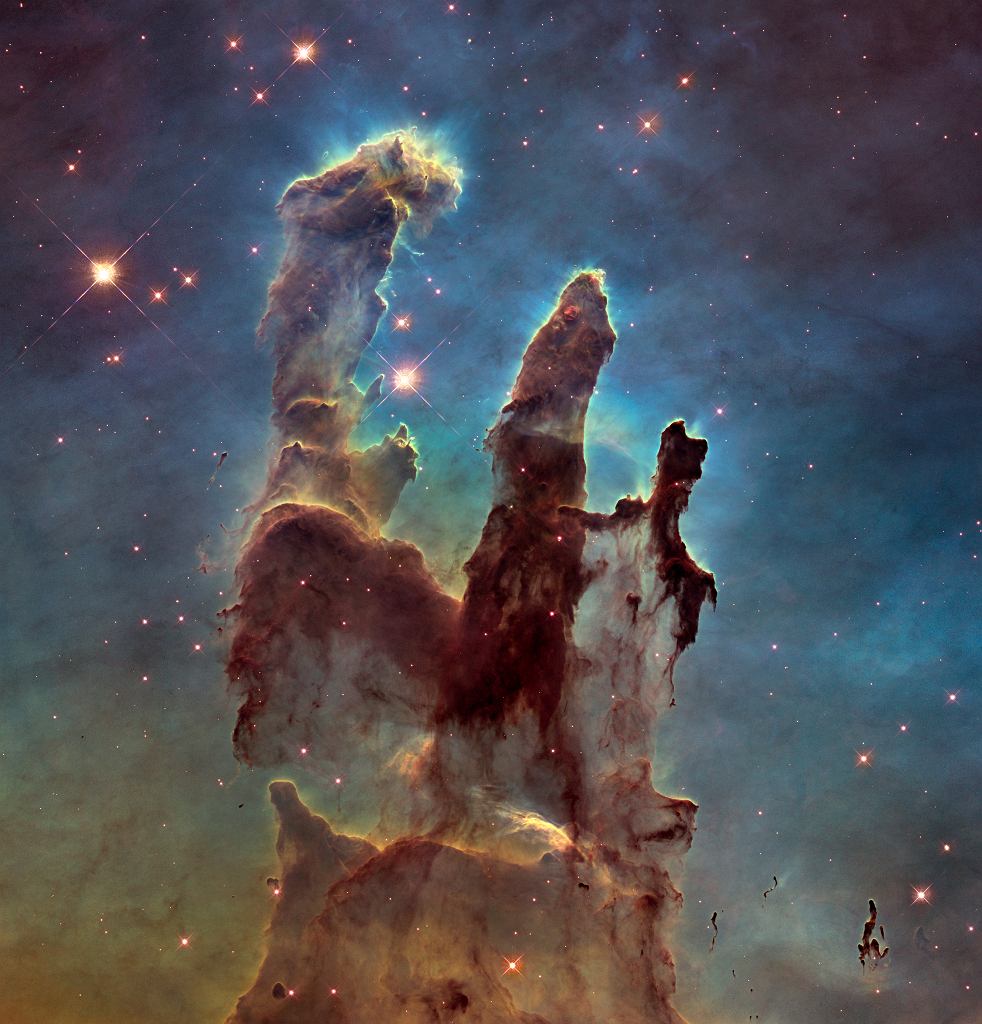
The next photo is again one of the most famous photos of the universe. The so-called “creative pillars” of the vast clouds in the Eagle Nebula (mainly oxygen, hydrogen and sulfur) are forming new stars today. The first edition of this photograph was taken in 1995 by the Hubble Space Telescope. After installing the modern CCD (White Field Camera 3) camera in May 2009, scientists decided to take another photo, this time released in 2015. To date, no telescope has produced a better one.
UGC 1810 and UGC 1813 constellations
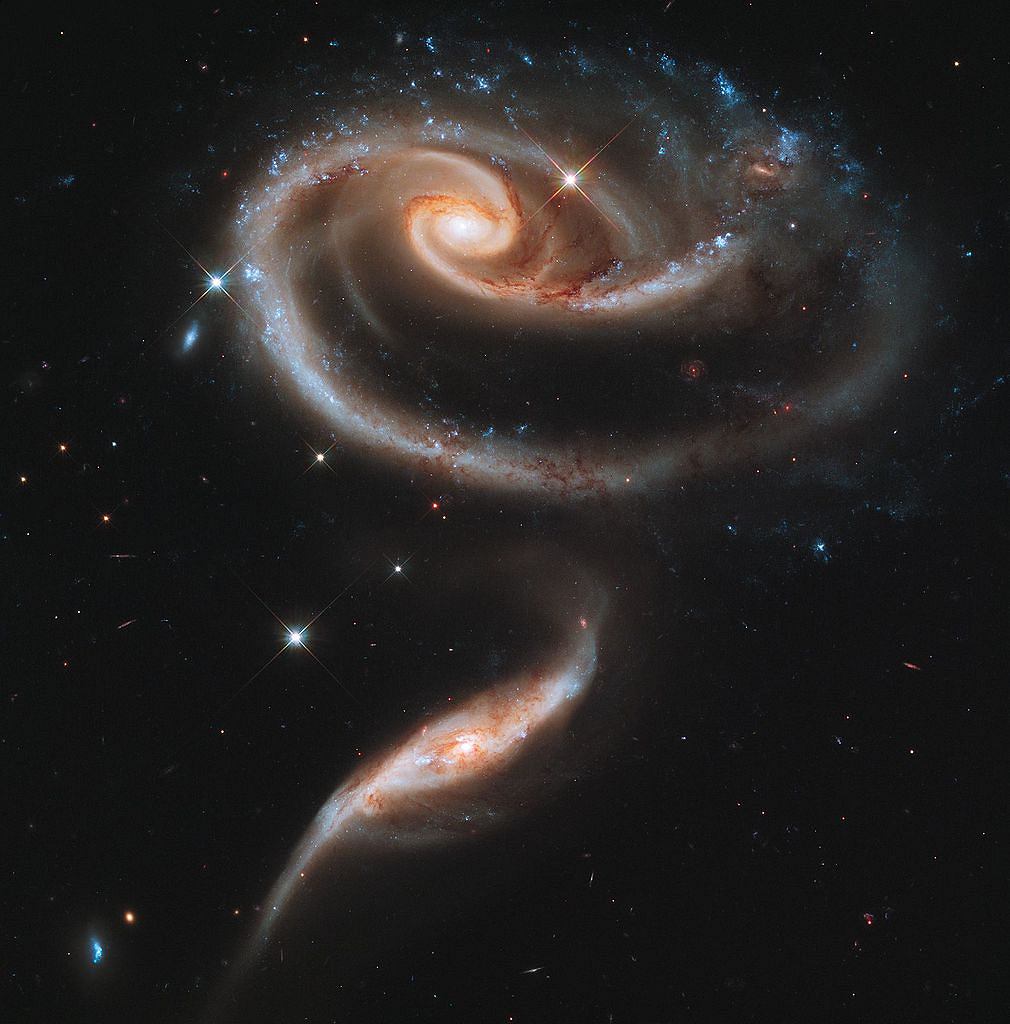
Another photo taken by the Hubble Space Telescope shows just how amazing space can sometimes be. The photo shows UGC 1813 and UGC 1810, two galaxies moving very close to each other while traveling in space.
Such a close encounter disturbed their gravitational fields, meaning that the smaller and five times less massive UGC 1813 (the base of the law) began to disintegrate and connect with its larger neighbors by a characteristic bridge. As a result, the UGC 1810 slowly “absorbs” matter from the younger mate. Like stellar collisions, this process produces new stars quickly.
“Hubble Heritage Field”
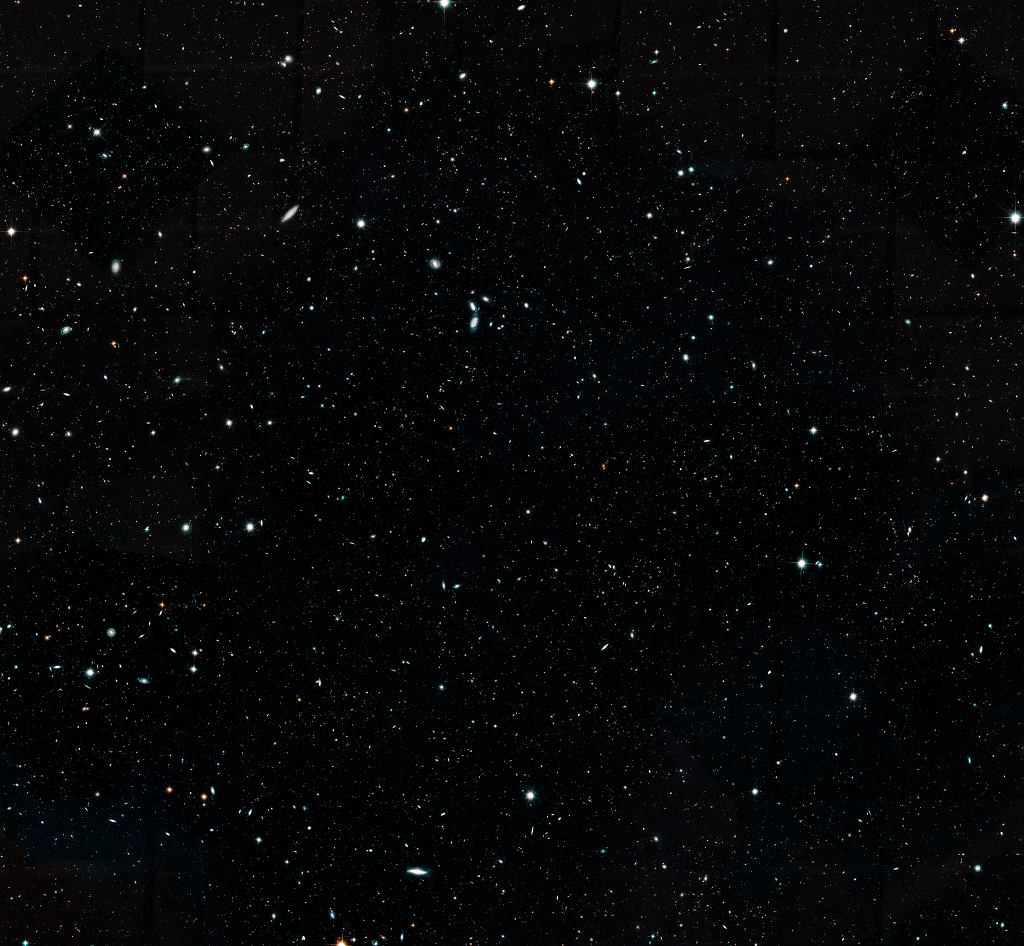
The photo above was released in 2019, relatively recently by NASA and ESA. At first glance, this may seem plausible and uninteresting. Random photo of stars in the sky. This is a misconception. The white dots in the frame are not stars, but galaxies. Only after downloading and zooming in on the computer does the photo show how many galaxies there are in a photo (you can download it). In this place)
How much exactly? Several hundred? No. Much more. Scientists thought – exactly … 265 thousand. Yes, hundreds of thousands of galaxies are like our Milky Way galaxy, with billions of stars and billions of planets in a single photograph. Each galaxy is different and each one is unique. However, it is still impressive TrueThe photograph, which is comparable in size to the moon we observe from Earth, covers only a small part of the sky.
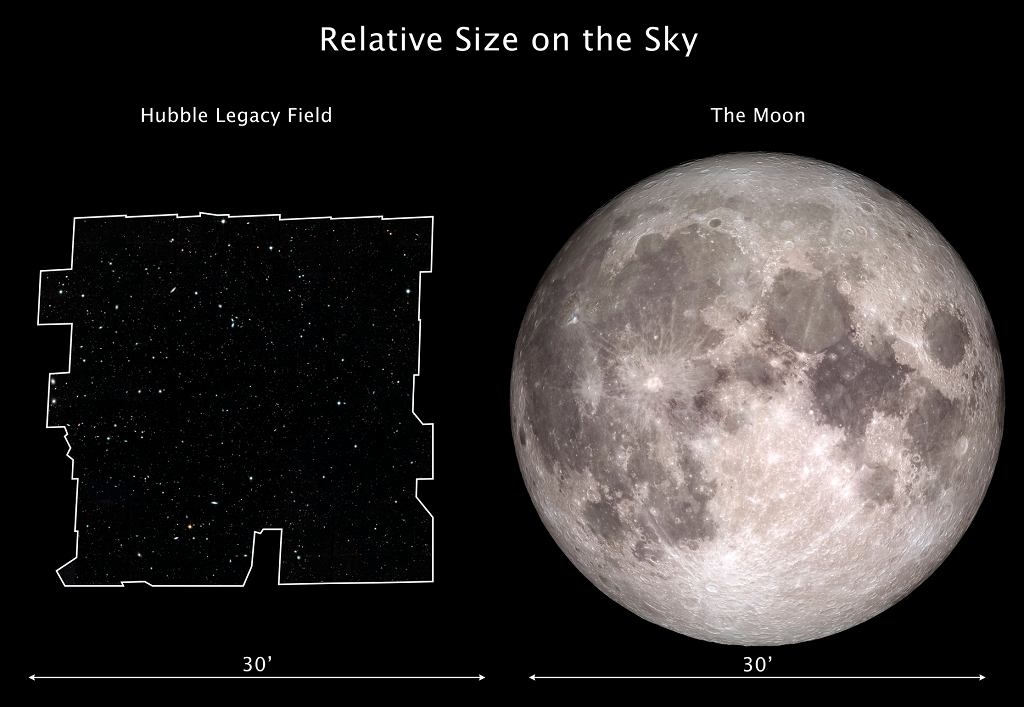
It took 16 years to create the “Hubble Heritage Field” and today it is the most detailed photograph of the sky in history. This is the most detailed image available with the Hubble Space Telescope. Scientists firmly believe that it can be “squeezed” out of a device that has been in use for three decades. Only the James Webb Space Telescope will allow for even better photos. It turns out that more and more galaxies can be seen in the same area of the sky. It may be too dark to be seen by some small Hubble tracking devices.
The James Web Space Telescope tracks in infrared
Finally, it should be noted that while the web allows us to open our eyes to the universe and is often referred to as the Hubble heir, it is not really so. Ideally, the direct successor would be the planned ATLAST telescope (if it was built). James Webb mainly observes infrared (rather than visible) radiation, so he will only take up part of Hubble’s work.
However, among other things, thanks to infrared observations the web telescope allows to see more in space. This will allow you to see the galaxies at a greater distance, and therefore at a much earlier stage of evolution. At the same time W Case Hubble’s range was the period of the formation of modern galaxies, the period on which the web began to see the formation of even the most primitive galaxies, the most regular forms of star clusters.
In addition, infrared observations mean that the web records light penetrating through cosmic dust clouds. The web looks even bigger because it has a much larger magnifying glass (6.5 meters on the web telescope and 2.4 meters on the hub). As a result, it collects more light, sees darker objects and has better resolving power.
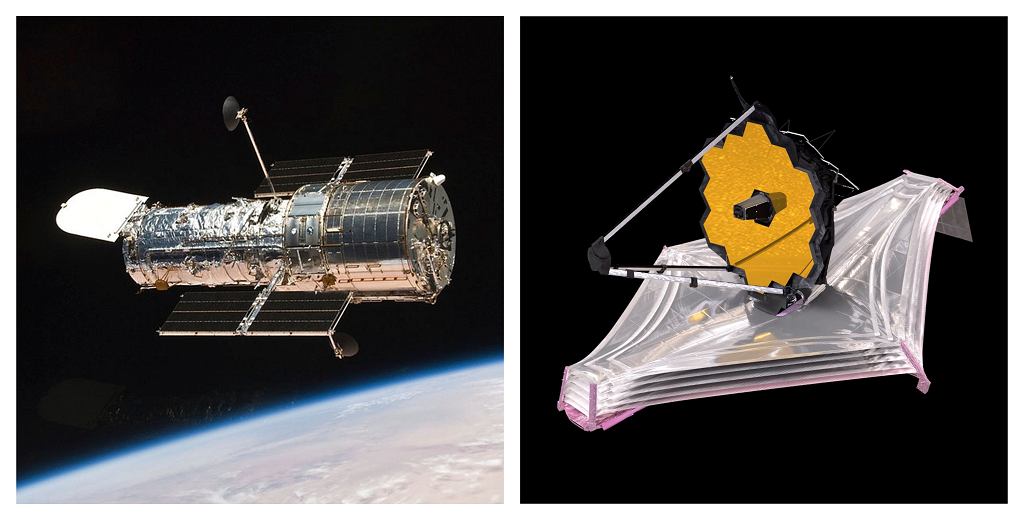
Using the James Web Space Telescope promises to make the coming year’s observations of the universe more attractive. More about release New Research tool and telescope You can read it on the Gazeta.pl homepage.

“Communicator. Problem solver. Gamer. Passionate writer. Analyst. Avid creator. Lifelong travel maven. Tv evangelist.”



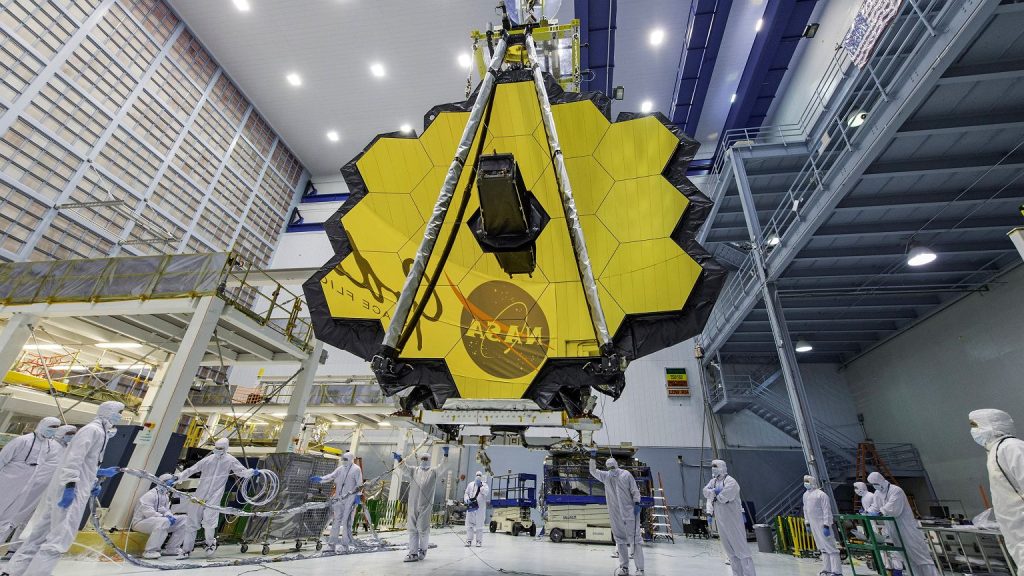
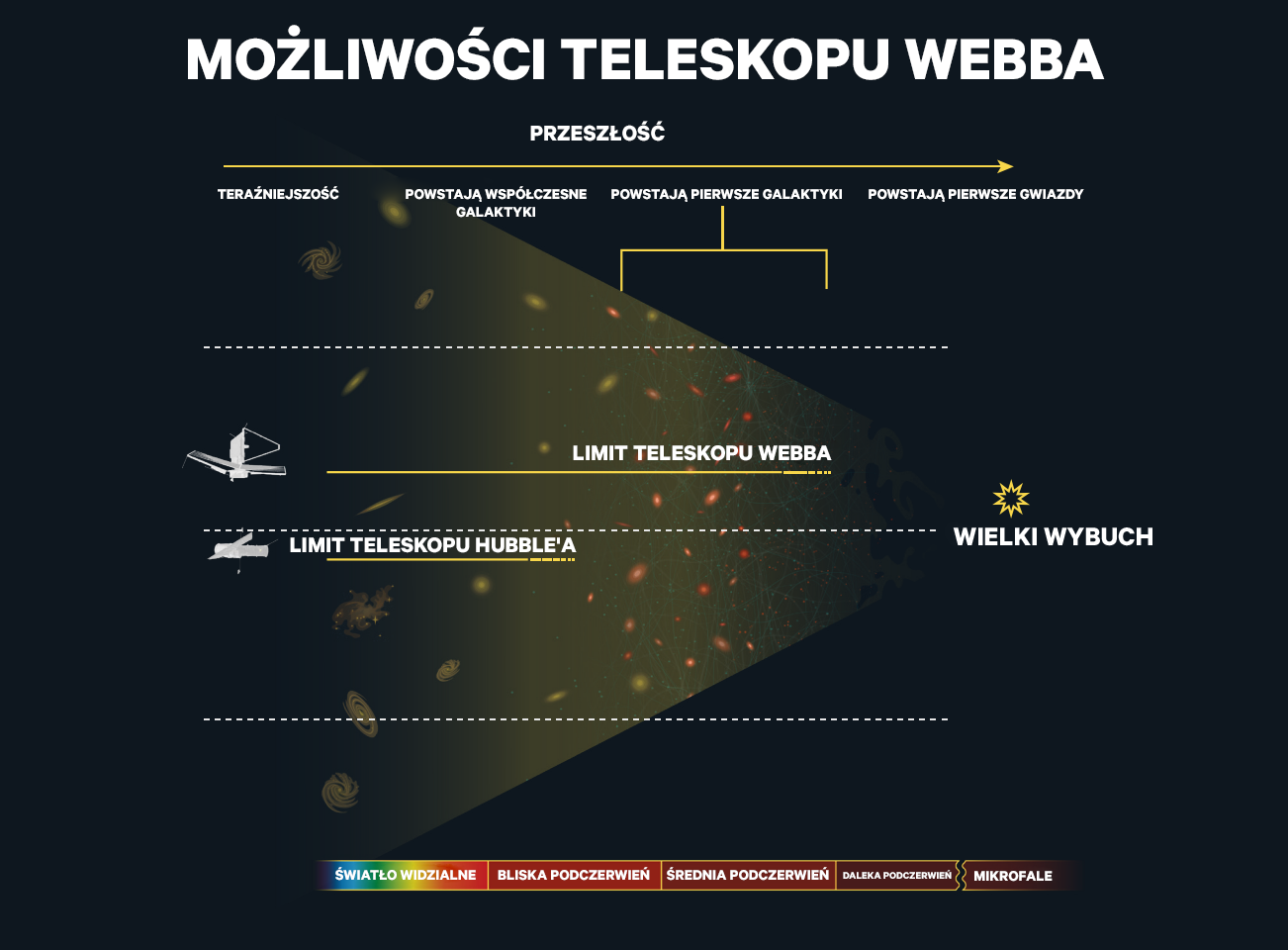
More Stories
Choosing Between Russian and Greek Tortoises: Which is Right for You?
Choosing the Best Tools for Flawless Nail Art
Get Real Results: Buy Instagram Likes and Followers from InsFollowPro.com